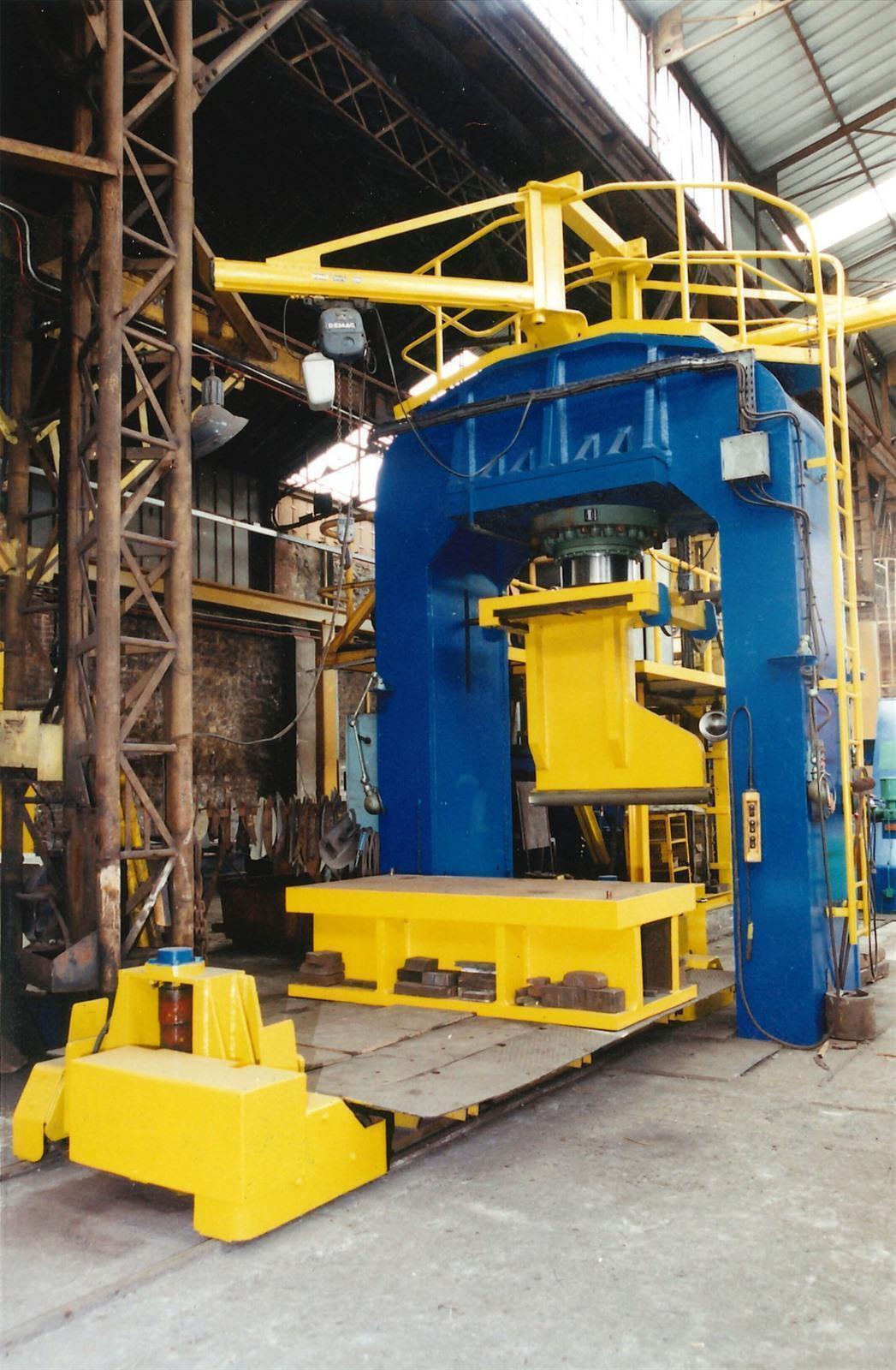

Die lachende Kuh in German-speaking countries except Switzerland where it’s known as La vache qui rit. The Laughing Cow in English-speaking countries. While I personally prefer a ripe Camembert or Roquefort, I will admit to having partaken of a wedge or two over the course of my adult years as a means of revisiting my youth.Īnd on those few occasions when I did, I still found it quite satisfying to pull that little red tab and watch the foil wrapper pull away perfectly, as I had done so many times as a child. The product is localized by name nearly everywhere it is sold: La vache qui rit in France, Canada, Switzerland, Greece, the Netherlands and Belgium.

Given its mild flavour and creamy texture, its popularity with the younger set and those grown-ups who are not fans of stronger cheeses is easily understandable.

Best of all, the finished product contains far fewer additives and preservatives than most processed cheeses. In fact, it is made from real cheeses including Comté, Emmental, Gouda and Cheddar (depending on where it is produced) melted and combined with milk and just a scant few other (mostly milk-based) ingredients. It is the clever creation of Léon Bel, whom I doubt could have envisioned its current level of commercial success from its humble beginnings in the Franche-Comté region in 1921. And let’s just say that you’re in for a surprise.īut first a brief history of our jovial bovine friend, and quite an interesting history it is too.Ī pioneer in the processed cheese category, La Vache Qui Rit was also the first trademarked French cheese. Repeat as needed.Ĭheese-savvy adults and aficionados of fromages fermiers, on the other hand, might offer a different perspective, declaring that it’s “not even really cheese!”. Aprender de forma divertida con el uso de videojuegos educativos en un mundo cada vez más digitalizado por el crecimiento del uso del internet, hace necesario que tengamos que entender la manera en que operan los. Pull, twist, and off comes the wrapper, revealing a perfect pop-in-your-mouth portion of creamy, cheesy goodness. Disfruta aprendiendo las bases de la programación con Quiri. Children adore it, and rightfully so.Īfter all, from a child’s perspective what cheese could possibly compare? Shiny little foil-wrapped triangles – each with a convenient bright red pull tab for ease of opening – all snugly tucked into their cardboard box and adorned with an image of a grinning cow sporting a cute white nose and decorative earrings.

Mabinga.La Vache Qui Rit… Or, as it is known in the UK and across the pond, The Laughing Cow. The earlier name is still used to refer to the eastern part of the country. Oriente (Spanish for "East" or "Orient"), known as Santiago de Cuba Province before 1905, was one of six provinces of Cuba until 1976. Tasajo - A cut of any piece of meat or beef jerky. The famous musical phrase Kikiribu Mandinga! refers to them. For instance, "Quiquiribú mandinga (se lo llevó el diablo)" is the title of a book by author Raul Acosta Rubio, a well known Cuban journalist and politician.Īlso per Wiki: Senegambian people (Senegal, the Gambia), but including many brought from Sudan by the Arab slavers, were known by a catch-all word: Mandinga. "Quiquiribu Mandinga" is an expression with several interpretations, the most common is "taken by the devil". The verb hacer generally means 'to do' or 'to make,' but it can also be part of other useful expressions. In Cuba, mandinga is a name used for a variety of Senegambian peoples" who were captured and forced into slavery, arriving in Cuba around 1830. It may mean that this is what the rooster says to frighten the person that is chasing him, in this case, the mandinga. "Quiquiri" is a sound that mimics a rooster - the "bu" at the end is "boo" in English. echar bilongo is to bewitch/cast a spell on someone


 0 kommentar(er)
0 kommentar(er)
